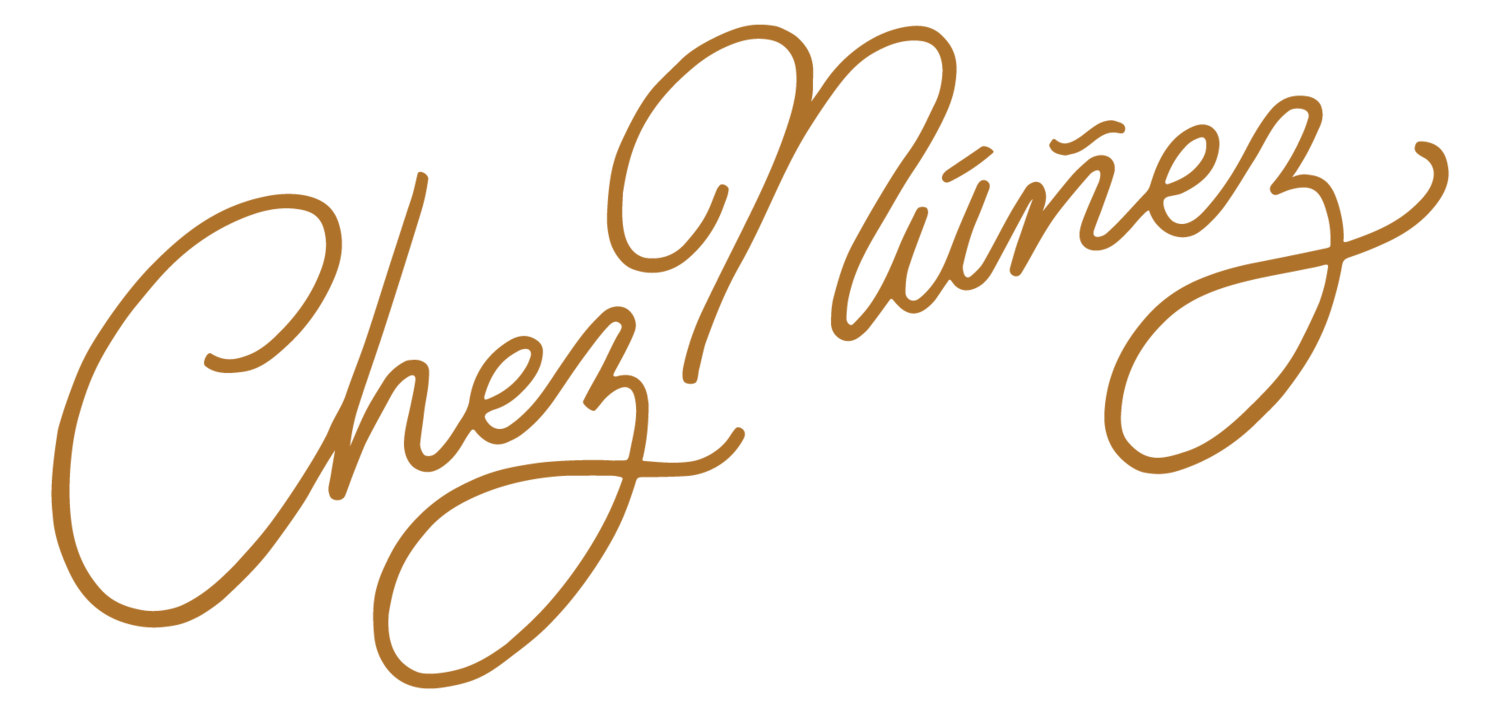Simple Advice for Getting Started as a Freelance Designer
For more context on my personal journey as a freelance designer, please see the post “My Story: How I Got Started in Freelance Design” which I shared back in April, 2020.
I feel really passionately that there’s not a one-size fits all path to getting started in this line of work. I think everyone is gifted with their own unique strengths and opportunities that can give them a start in this field. So while this post is not an initial blueprint on how to become a freelance designer, it does offer a breif handful of tips/pieces of advice that can hopefully help you in the process of getting started.
Focus on sharing your work online, and sharing it often. One of my biggest mantras is this: “how will anyone ever know what you’re capable of offering them, unless you show them”. Time and time again, I’ve found a correlation between sharing new work and receiving inquiries. The momentum may take time, and the responses may not be immediate, but you must share your work in order for people to envision working with you.
Don’t let perfectionism keep you from sharing your current work. I see you. You may have read that first point and immediately thought “but my work’s not ready” or “I don’t have anything to share because I haven’t worked with enough clients”. The next point is my rebuttal.
If you don’t have examples of past client work to share, outline your own pretend projects, design them exactly as you’d like, and then post the outcomes as ‘fictitious case studies” on your social accounts and website/portfolio. Be transparent that they are imagined. The primary point here is to use this as an exercise of sharing what you're capable of.
My branding work for “The Seville” is my most referenced set of designs by incoming clients, and it’s made very clear on my blog that The Seville is a made-up brand.
As you share your work in multiple places (IG, Pinterest, Dribbble, Facebook, Behance, etc.) to increase your reach, DON’T forget about the importance of sharing your work on a personal website/portfolio. I know social media is much more fun and sexy, but you need to be building up a collection of your work in an online space that you own (i.e. a website), because your site will always be a home-base for clients to refer back to.
When new clients start to come your way, treat them like gold, set clear expectations, value your time and work, and communicate your wages/terms/process before beginning projects. I’ll need to create way more content to expand on this topic of working with clients, but the important piece to take away here is that your name and reputation precede you. When you serve a client well, word gets around, and that helps you grow your business as a freelancer.
Did you find this helpful? Do you have a question or topic that you’d like me to cover in my next blog post? Let me know in the comments.
